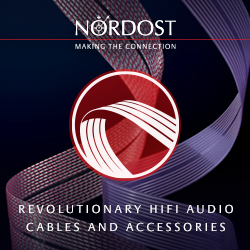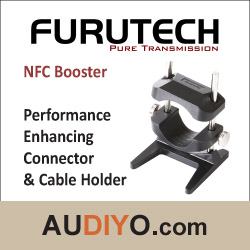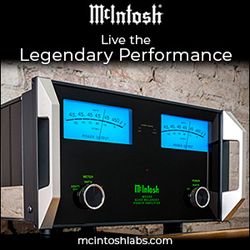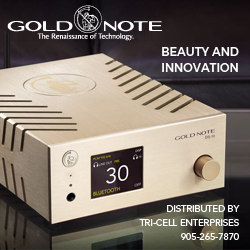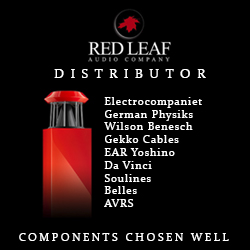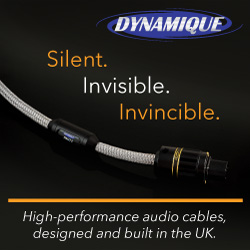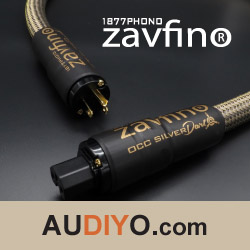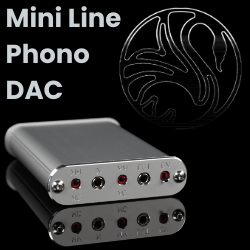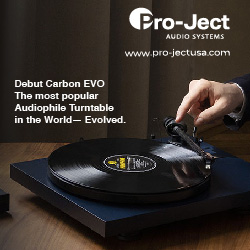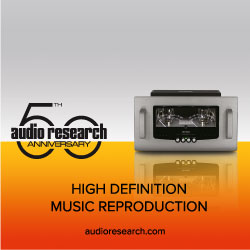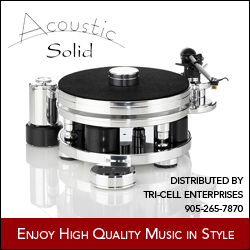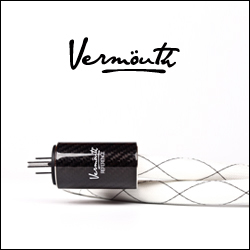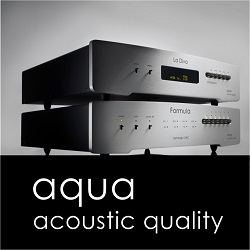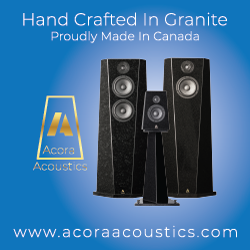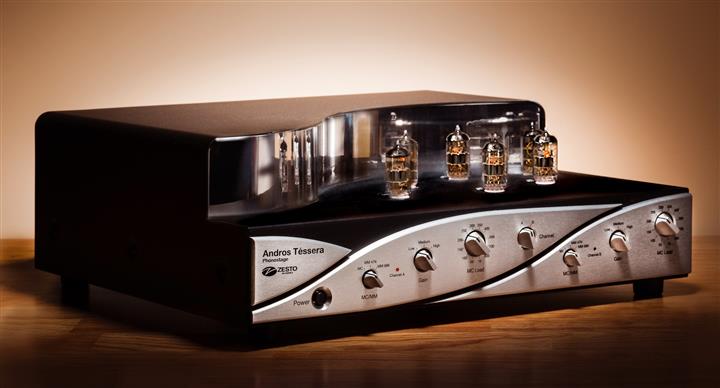
Topologies… glass or silicone…?
Those in the market for phono preamps will find there are several topologies to choose from, including tube designs, solid state designs, and hybrids. Many prefer the sound characteristics of tubes, and depending on the make-up of the rest of one’s system, it may be a good choice. Tubes do however have the potential for more noise, although well designed units will be quiet. One must also consider how much heat the tubes will create. Solid state units will run cool, may be more neutral, and can be left on perpetually with little worry. Hybrids use a combination of tubes and solid state circuits with the design goal of getting the “best of both worlds”.
Preamplifiers with built-in phono stages have some advantages and disadvantages. What some will find attractive is one less box in the rack, one less set of cables, and possibly lower cost. On-board phono preamps may also have shorter signal paths, and may have been engineered to work well within the preamplifier. On the minus side, the on-board phono stage will usually share the same power supply as all the other functions, and may be an off the shelf board that is included for convenience. Getting as much information as you can from the manufacturer is important.
Sonically, a dedicated phono stage has the potential to maximize the performance of your turntable and cartridge because it should be designed and engineered to perform the task at hand, and nothing else. Having its own power supply, either on-board, or external, along with a dedicated output stage should give it an advantage. Of course auditioning is essential, as component matching will be a factor.
Absolute power…
Speaking of power supplies, as noted above, standalone phono preamps may have internal power supplies, or external power supplies that connect via an umbilical cord. Theoretically, the outboard power supply will produce less noise, and as noted, noise is the enemy of the low level signals that a turntable and cartridge produce. The user’s specific environment may have an impact as well. Outboard power supplies may also include automatic speed settings for a given turntable, usually if it is made by the same manufacturer. Having the ability to switch between 45 and 33.3 RPM with a push of a button certainly makes things easier. Some outboard power supplies also have the ability to be calibrated so that the platter is spinning at exactly the right speed.
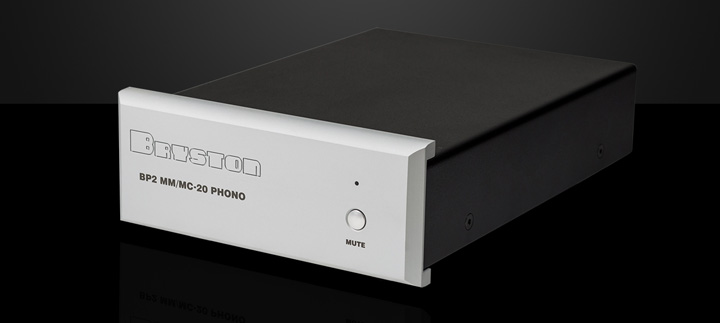
Future proofing…
Deciding on a Moving Magnet only or a Moving Magnet / Moving Coil capable phono preamp can be a matter of budget, but also of future upgrade plans. If one is sure they will be sticking with a Moving Magnet cartridge, then this can certainly reduce expense and simplify the purchase. A MM / MC phono preamp will provide more flexibility, allowing for experimentation with Moving Coil cartridges without having to purchase additional hardware. There are fewer Moving Coil only phono preamps on the market, but this can be an option as well if Moving Coil is the only type you plan to use. Higher end units will usually offer more loading options, so if a vinyl enthusiast is a cartridge swapper, or cartridges are frequently upgraded, this should be taken into consideration.
Wrapping up…
There are a few other things to consider when deciding on a phono preamp, including build quality, and determining whether the brand has a good resale value in general. Another thing to consider is buying a phono preamp made by the same company as your turntable, as there may be a synergy there. However this is by no means a given.
More factors that may affect sound quality are the output stage and parts quality. Certainly, higher quality parts, especially those in the signal path will more than likely make a difference. A discrete output stage as opposed to op-amps may also improve performance.
Ultimately, once the budget is decided on, and one has checked all required technical specifications, listening is essential! An in-home audition with your turntable, cartridge, and favorite records should be the deciding factor. Your phono stage purchase should be one you are satisfied with for years, so making sure all the right musical buttons and technical criteria are met is the way to go.
Now it is time to cue up a vintage Apple stereo pressing of The Beatles White Album, and get deep into the music, knowing my turntable and cartridge are being well served by an excellent phono preamp, that should keep my listening sessions long and happy, for many years to come.

